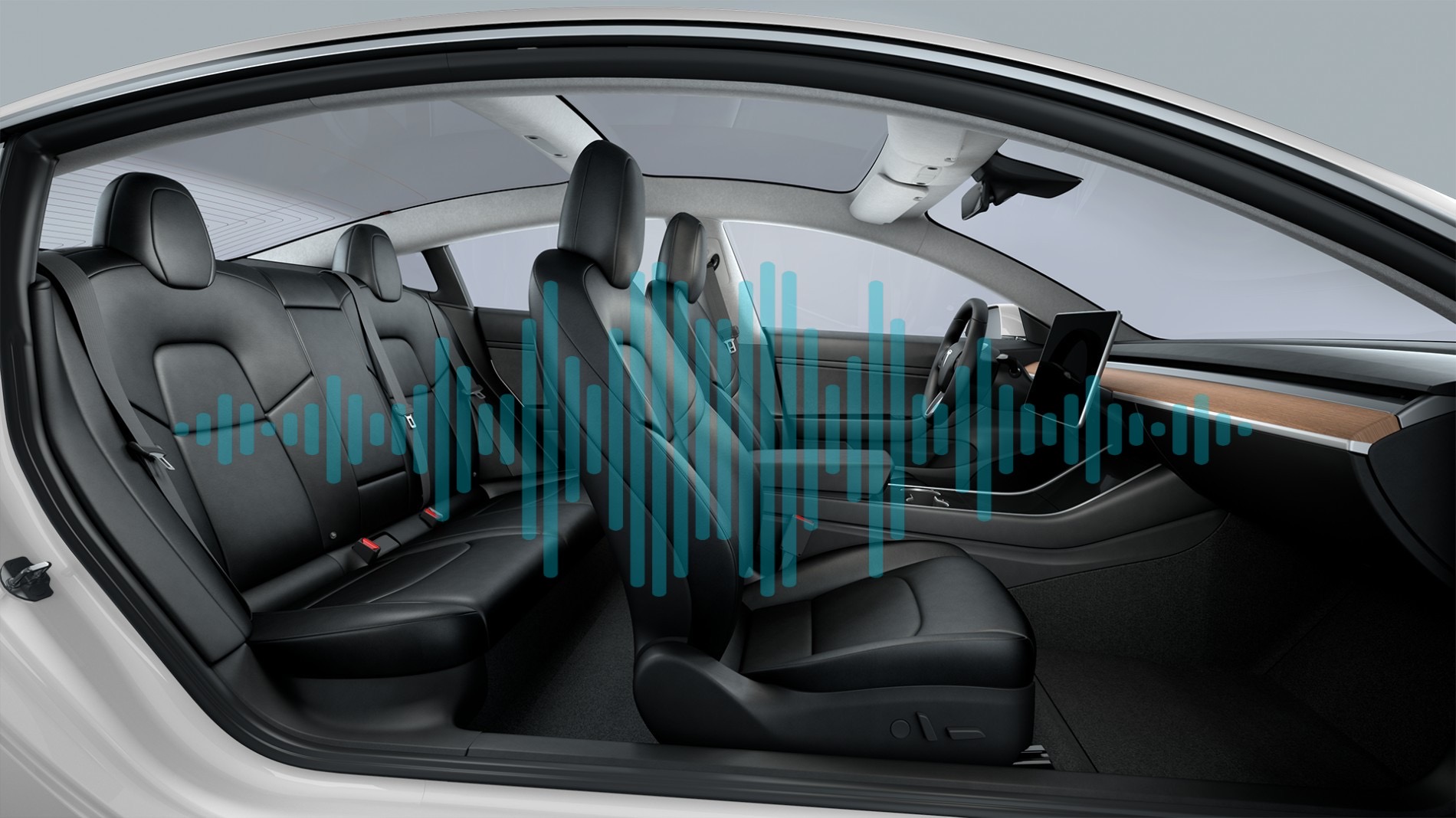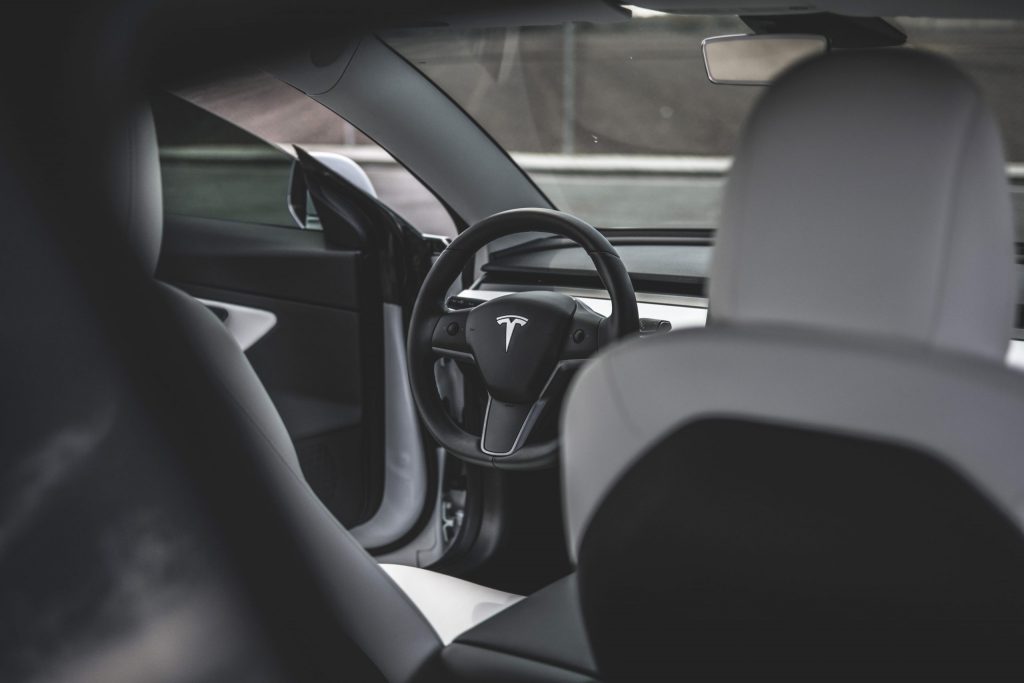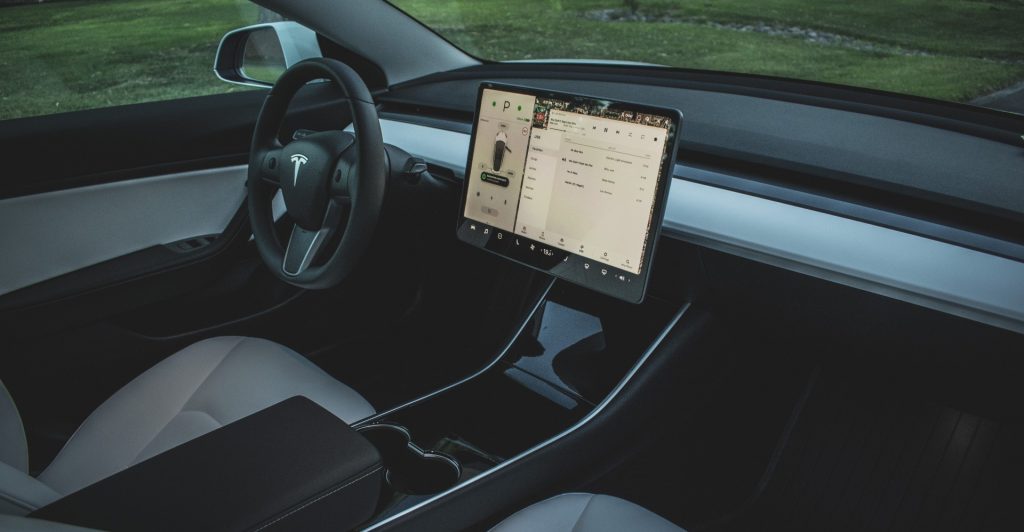

News
Tesla audio partner DSP Concepts discusses noise cancellation tech & the future of sound in autonomous cars
Sound might play a bigger role in the auto industry with the advent of the electric cars and the age of autonomous vehicles dawning. Tesla’s audio partner DSP Concepts (DSPC) knows a lot about sound and how big of a role it plays in everyday life. Teslarati spoke with part of the DSP Concepts team, who revealed the significance of sound in vehicles, especially as the electric car revolution starts to hit its stride.
“It turns out a car is your most complicated audio product,” said Chin Beckmann, the co-founder and CEO of DSP Concepts. Beckmann described all the ways audio and sound play a part in how people interact with their vehicles, like phone calls, voice commands, or simple in-car communication from driver to passenger and vice versa.
Engine noise cancellation is a feature that interests traditional cars owners as well. Inversely, for electric car owners, engine noise enhancements or noisemakers have become a sought after feature, particularly in the United States where it is mandatory for EVs.

Tesla probably contributed to the popularity of noisemakers in vehicles with its recently-released Boombox feature, which allows drivers to play sounds through an external speaker. Funnily enough, EV owners seeking to increase the noise coming out of their vehicles, may also be looking for ways to decrease the sounds coming into their cars.
“There’s a lot of interest in road noise cancellation from EVs,” said Dr. Paul Beckmann, founder and CTO of DSP Concepts.
Last month, DSP Concepts announced that Audio Weaver would port Bose’s QuietComfort Road Noise Control (RNC) technology into its platform. The collaboration meant that car companies using the Audio Weaver platform, like Tesla, Porsche, or BMW, could offer Bose’s QuietComfort RNC to their vehicles.

Dr. Beckmann clarified, however, that some hardware needs to be integrated into the vehicle for the Bose QuietComfort RNC to work.
“The way the RNC works is it uses microphones inside the car to listen. It’s kind of like those active noise cancelling headphones. The headphones have microphones close by your ears. So [for] the retrofit, you’d have to put microphones, maybe, by the headrest or somewhere close to your ears,” he shared with Teslarati.
Dru Wynings, Sr. Director of Marketing at DSP Concepts, added that some sensors would probably be needed in the car’s chassis as well. He also talked about the complexities of bringing Bose’s QuietComfort RNC to vehicles.
“There’s a huge hardware component to it in terms of how much computation is needed, in terms of what their audio sound system is…all of that could take a toll. So, [automakers are] planning on what could actually fit on this specific chip to run this software,” said Wynings.
DSP Concepts did not reveal any details about Bose RNC coming to Tesla vehicles. There’s really no telling what features Tesla will roll out to its vehicles at the end of the day.
However, the possibility is very high. It isn’t too far-fetched to think that Tesla might have already equipped its vehicles with the necessary hardware for features like Bose’s QuietComfort RNC, especially considering the upcoming release of the much-anticipated Model S and Model X refresh. The company already did something similar with its in-cabin camera. The hardware for the camera feature was equipped well before it was enabled via an OTA software update.
Road noise cancellation seems like a premium feature that could be available for Tesla’s top-tier vehicles, like the Model S and Model X. Or Tesla may roll out the Bose RNC feature to its entire fleet in a later update. After all, the Model 3 just had a refresh as well.
Sound in Autonomous Vehicles
Aside from Tesla, DSP Concepts works with an array of automakers in the industry, both old and new companies. The company’s main goal is to bring audio engineering into the 21st century with the help of Audio Weaver.
When it comes to the auto industry, DSPC seems very aware of how audio in cars will evolve as autonomy enters the industry. It has become evident that car companies, both legacy and startups, have started producing more tech-savvy vehicles.
Tesla vehicles might be the most tech-savvy cars on the market. The EV manufacturer’s cars incorporate technology that people might look for in their vehicles now, like Netflix, Spotify, or even Caraoke. Yes, these features might not be necessary, but the same argument could be made for phones, laptops, or other devices.

People can do much more than call others with their phones now. They can watch their favorite shows, listen to music, search the internet and much, much more. People seem to want their tech to be well-rounded, so why not their vehicles?
Other car makers seem to be following Tesla’s footsteps. In addition to making more tech-oriented vehicles, more auto companies are also exploring autonomous cars.
With autonomy in the picture, features like Tesla Theater or Tesla Arcade will be more utilized and with that comes the significance of sound. DSP Concepts understands that people might start looking for better sound quality in their autonomous vehicles as more entertainment options are offered by car companies.
The Teslarati team would appreciate hearing from you. If you have any tips, email us at tips@teslarati.com or reach out to me at maria@teslarati.com.

News
Tesla starts showing how FSD will change lives in Europe
Local officials tested the system on narrow country roads and were impressed by FSD’s smooth, human-like driving, with some calling the service a game-changer for everyday life in areas that are far from urban centers.

Tesla has launched Europe’s first public shuttle service using Full Self-Driving (Supervised) in the rural Eifelkreis Bitburg-Prüm region of Germany, demonstrating how the technology can restore independence and mobility for people who struggle with limited transport options.
Local officials tested the system on narrow country roads and were impressed by FSD’s smooth, human-like driving, with some calling the service a game-changer for everyday life in areas that are far from urban centers.
Officials see real impact on rural residents
Arzfeld Mayor Johannes Kuhl and District Administrator Andreas Kruppert personally tested the Tesla shuttle service. This allowed them to see just how well FSD navigated winding lanes and rural roads confidently. Kruppert said, “Autonomous driving sounds like science fiction to many, but we simply see here that it works totally well in rural regions too.” Kuhl, for his part, also noted that FSD “feels like a very experienced driver.”
The pilot complements the area’s “Citizen Bus” program, which provides on-demand rides for elderly residents who can no longer drive themselves. Tesla Europe shared a video of a demonstration of the service, highlighting how FSD gives people their freedom back, even in places where public transport is not as prevalent.
What the Ministry for Economic Affairs and Transport says
Rhineland-Palatinate’s Minister Daniela Schmitt supported the project, praising the collaboration that made this “first of its kind in Europe” possible. As per the ministry, the rural rollout for the service shows FSD’s potential beyond major cities, and it delivers tangible benefits like grocery runs, doctor visits, and social connections for isolated residents.
“Reliable and flexible mobility is especially vital in rural areas. With the launch of a shuttle service using self-driving vehicles (FSD supervised) by Tesla in the Eifelkreis Bitburg-Prüm, an innovative pilot project is now getting underway that complements local community bus services. It is the first project of its kind in Europe.
“The result is a real gain for rural mobility: greater accessibility, more flexibility and tangible benefits for everyday life. A strong signal for innovation, cooperation and future-oriented mobility beyond urban centers,” the ministry wrote in a LinkedIn post.
News
Tesla China quietly posts Robotaxi-related job listing
Tesla China is currently seeking a Low Voltage Electrical Engineer to work on circuit board design for the company’s autonomous vehicles.

Tesla has posted a new job listing in Shanghai explicitly tied to its Robotaxi program, fueling speculation that the company is preparing to launch its dedicated autonomous ride-hailing service in China.
As noted in the listing, Tesla China is currently seeking a Low Voltage Electrical Engineer to work on circuit board design for the company’s autonomous vehicles.
Robotaxi-specific role
The listing, which was shared on social media platform X by industry watcher @tslaming, suggested that Tesla China is looking to fill the role urgently. The job listing itself specifically mentions that the person hired for the role will be working on the Low Voltage Hardware team, which would design the circuit boards that would serve as the nervous system of the Robotaxi.
Key tasks for the role, as indicated in the job listing, include collaboration with PCB layout, firmware, mechanical, program management, and validation teams, among other responsibilities. The role is based in Shanghai.
China Robotaxi launch
China represents a massive potential market for robotaxis, with its dense urban centers and supportive policies in select cities. Tesla has limited permission to roll out FSD in the country, though despite this, its vehicles have been hailed as among the best in the market when it comes to autonomous features. So far, at least, it appears that China supports Tesla’s FSD and Robotaxi rollout.
This was hinted at in November, when Tesla brought the Cybercab to the 8th China International Import Expo (CIIE) in Shanghai, marking the first time that the autonomous two-seater was brought to the Asia-Pacific region. The vehicle, despite not having a release date in China, received a significant amount of interest among the event’s attendees.
Elon Musk
Elon Musk and Tesla AI Director share insights after empty driver seat Robotaxi rides
The executives’ unoccupied tests hint at the rapid progress of Tesla’s unsupervised Robotaxi efforts.

Tesla CEO Elon Musk and AI Director Ashok Elluswamy celebrated Christmas Eve by sharing personal experiences with Robotaxi vehicles that had no safety monitor or occupant in the driver’s seat. Musk described the system’s “perfect driving” around Austin, while Elluswamy posted video from the back seat, calling it “an amazing experience.”
The executives’ unoccupied tests hint at the rapid progress of Tesla’s unsupervised Robotaxi efforts.
Elon and Ashok’s firsthand Robotaxi insights
Prior to Musk and the Tesla AI Director’s posts, sightings of unmanned Teslas navigating public roads were widely shared on social media. One such vehicle was spotted in Austin, Texas, which Elon Musk acknowleged by stating that “Testing is underway with no occupants in the car.”
Based on his Christmas Eve post, Musk seemed to have tested an unmanned Tesla himself. “A Tesla with no safety monitor in the car and me sitting in the passenger seat took me all around Austin on Sunday with perfect driving,” Musk wrote in his post.
Elluswamy responded with a 2-minute video showing himself in the rear of an unmanned Tesla. The video featured the vehicle’s empty front seats, as well as its smooth handling through real-world traffic. He captioned his video with the words, “It’s an amazing experience!”
Towards Unsupervised operations
During an xAI Hackathon earlier this month, Elon Musk mentioned that Tesla owed be removing Safety Monitors from its Robotaxis in Austin in just three weeks. “Unsupervised is pretty much solved at this point. So there will be Tesla Robotaxis operating in Austin with no one in them. Not even anyone in the passenger seat in about three weeks,” he said. Musk echoed similar estimates at the 2025 Annual Shareholder Meeting and the Q3 2025 earnings call.
Considering the insights that were posted Musk and Elluswamy, it does appear that Tesla is working hard towards operating its Robotaxis with no safety monitors. This is quite impressive considering that the service was launched just earlier this year.








